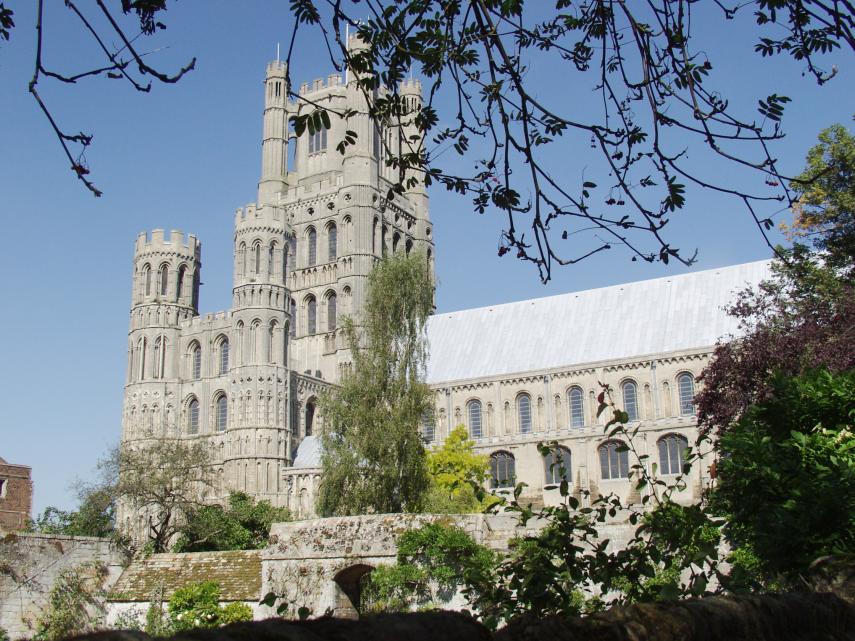

Cambridgeshire is in the South Eastern circuit.
The southern part is much wider than the northern part: the greatest length is about 51 miles north to south, and he greatest breadth 32 miles, but at Ely the breadth is not more than about 15 miles. On the north it is bounded by Lincolnshire; on the east by the Wisbech canal, the rivers Welney, Croft, Ouse and Lark, and the counties of Norfolk and Suffolk; on the south by Essex, Herts and Bedfordshire; on the west by Huntingdonshire and the Catwater stream.
The whole county comprises 553 acres and can be arranged under two great divisions - the Isle of Ely in the Marsh Lands, with 238 acres, and Cambridgeshire proper with its county town Cambridge, with 315 acres. The population of the whole county is about 215 000.
The river Cam runs along the centre in a valley, formed by the greensand and clay, in the south and in the north there are chalk hills.
Cambridgeshire’s history goes back over 3,000 years. At Flag Fen, near Peterborough, you can see how Bronze Age people lived, at Ely’s Stained Glass Museum you can see 800 years of the glass maker's art.
What’s it like to live in Cambridgeshire right now? There are towns like March, with its pretty riverside cottages, St Neots, another riverside market town, known for its large 12th century market square; and Godmanchester, with a 700 year old stone bridge and a pretty “Chinese” bridge, originally built in 1827.
At Duxford the Imperial war Museum is worth visiting for its aircraft from the earliest times to the present day.
Cambridgeshire has all the things you would expect to make your visit a success: great accommodation, restaurants and teashops, shopping and sights.
With over 100,000 people located in a 6.5 square mile area, Cambridge is a unique community with a strong mix of cultural and social diversity, intellectual vitality and technological innovation. There are about 12 % Blacks and 12 % Asians in Cambridge.

Ely is a Cathedral City founded in 673 when Princess Etheldreda, daughter of the Anglo-Saxon King Anna adopted Christianity & formed a Convent one mile north of the Saxon village of Cratendune. As a consequence she was called Saint Etheldreda. Recently archeologists have discovered Roman graves, but Ely dates much further back. In the Cathedral's park there is King's School, one of the oldest cathedral schools in Europe.
Ely is a former island and its Cathedral is called 'The Ship Of Fens' because it looks like a steamboat.
Oliver Cromwell was born and educated in Huntingdon; his former grammar school is now the Cromwell Museum. Hinchingbrooke House in Huntingdon is the former home of the Cromwells; and in Ely, Oliver Cromwell’s House (said to be haunted!) recreates 17th century life as he would have known it.